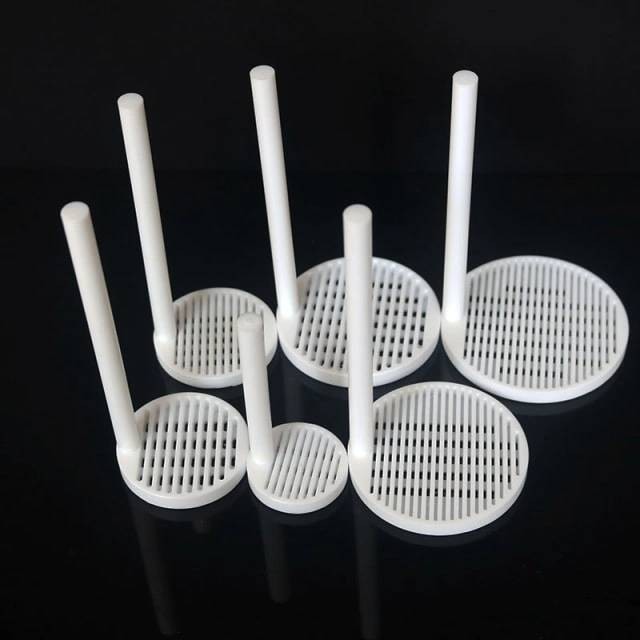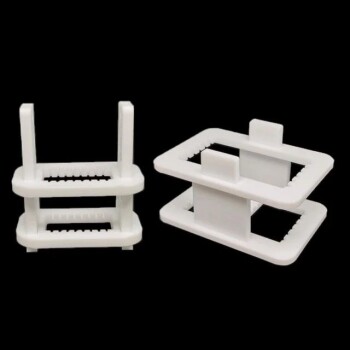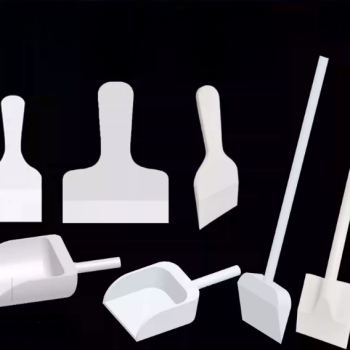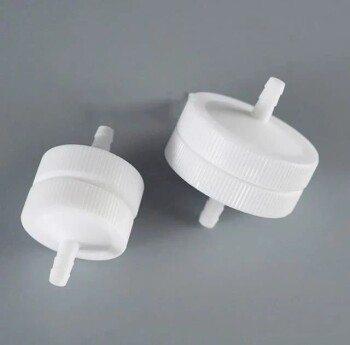Table of Contents
Introduction to PTFE Cleaning Racks
PTFE (polytetrafluoroethylene) cleaning racks are indispensable tools in laboratory settings, providing a safe and efficient means of cleaning and drying laboratory glassware and equipment. Their unique properties, including chemical resistance, high-temperature tolerance, and non-stick surfaces, make them ideal for handling a wide range of laboratory materials. In this comprehensive guide, we delve into the world of PTFE cleaning racks, exploring their advantages, applications, and the best practices for cleaning and drying labware to ensure optimal performance and longevity.
Benefits of Using PTFE Cleaning Racks
PTFE cleaning racks are a valuable asset in any laboratory. They offer a number of benefits that make them ideal for cleaning laboratory glassware and equipment.
Chemical resistance and inertness
PTFE is a highly resistant material that is not affected by most chemicals. This makes it ideal for use in cleaning applications where harsh chemicals are used. PTFE will not react with or absorb chemicals, so it will not contaminate your samples.
High-temperature tolerance
PTFE has a high melting point and can withstand temperatures up to 500 degrees Fahrenheit. This makes it ideal for use in applications where high temperatures are required, such as in autoclaves and ovens.
Non-stick properties
PTFE is a non-stick material, which makes it easy to clean. Any residue that is left on the rack will simply wipe off, leaving the rack clean and ready to use again.
Durability and longevity
PTFE is a durable material that will last for many years. It is resistant to wear and tear, and it will not rust or corrode. This makes it a cost-effective investment for any laboratory.
In addition to the benefits listed above, PTFE cleaning racks are also:
- Lightweight and easy to handle
- Autoclavable
- Dishwasher safe
PTFE cleaning racks are a versatile and essential piece of equipment for any laboratory. They offer a number of benefits that make them ideal for cleaning laboratory glassware and equipment.
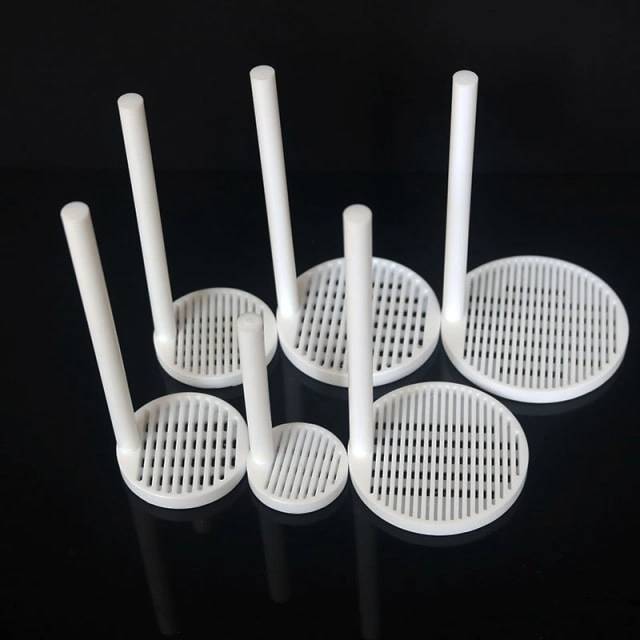
Applications of PTFE Cleaning Racks
PTFE cleaning racks are a versatile and essential piece of laboratory equipment used for a variety of applications, including:
Cleaning Glassware and Labware:
PTFE cleaning racks are ideal for cleaning laboratory glassware and labware due to their excellent chemical resistance and ability to withstand high temperatures. They can be used in conjunction with detergents and solvents to effectively remove contaminants and residues.
Drying and Storage of Laboratory Equipment:
PTFE cleaning racks can also be used to dry and store laboratory equipment. Their open design allows for efficient air circulation, promoting rapid drying. Additionally, the racks are non-stick, preventing equipment from adhering to their surfaces.
Transportation and Protection of Delicate Items:
PTFE cleaning racks provide a safe and convenient way to transport and protect delicate laboratory items. Their sturdy construction and open design allow for easy handling and visibility of the contents. The racks also help to prevent damage to fragile items during transportation or storage.
Additional Applications:
Beyond the aforementioned applications, PTFE cleaning racks are also used in various other laboratory settings, such as:
- Sample preparation: Holding samples during filtration or centrifugation
- Chromatography: Supporting columns or cartridges
- Electrophoresis: Holding gels or membranes
- Microbiology: Incubating or storing cultures
PTFE cleaning racks are an indispensable tool in any laboratory, offering a wide range of applications and benefits. Their chemical resistance, durability, and versatility make them an essential asset for efficient and safe laboratory operations.
Best Practices for Cleaning PTFE Cleaning Racks
PTFE (polytetrafluoroethylene) is a high-performance fluoropolymer known for its exceptional chemical resistance, non-stick properties, and high thermal stability. It is commonly used in various laboratory applications, including filtration, chromatography, and chemical synthesis. Cleaning PTFE cleaning racks is essential to ensure optimal performance and longevity. Here are some best practices to follow:
Manual Cleaning Methods
Manual cleaning methods involve using mild detergents and soft brushes to gently remove contaminants from the PTFE surface. This method is suitable for light cleaning and can be performed using a soft cloth or brush dipped in a mild detergent solution. Avoid using abrasive materials or harsh chemicals, as they can damage the PTFE surface.
Ultrasonic Cleaning
Ultrasonic cleaning is a more thorough decontamination method that utilizes high-frequency sound waves to create cavitation bubbles in a cleaning solution. These cavitation bubbles implode and generate intense localized cleaning action, effectively removing contaminants from the PTFE surface. Ultrasonic cleaning is particularly effective for removing stubborn contaminants such as proteins or oils.
Chemical Cleaning
Chemical cleaning involves using specific chemicals to dissolve and remove specific contaminants from the PTFE surface. The choice of chemical depends on the nature of the contaminants. For example, strong acids or bases may be used to remove inorganic contaminants, while organic solvents may be used to dissolve organic contaminants. It is important to follow the manufacturer's instructions and safety precautions when using chemical cleaning methods.
Precautions to Avoid Damage
When cleaning PTFE cleaning racks, it is crucial to take precautions to avoid damaging the PTFE surface. Avoid using abrasive materials, harsh chemicals, or excessive force. Always handle the PTFE racks with care and follow the manufacturer's instructions for cleaning and maintenance. Proper cleaning and maintenance will ensure the longevity and optimal performance of your PTFE cleaning racks.
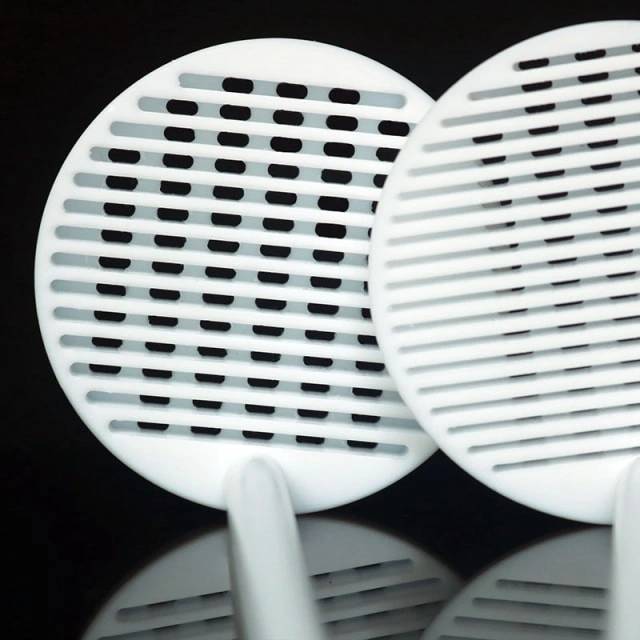
Drying Techniques for PTFE Cleaning Racks
PTFE cleaning racks are used in various laboratory applications, including cleaning glassware, tools, and other equipment. Proper drying of these racks is essential to prevent contamination and ensure their longevity. Here are some effective techniques for drying PTFE cleaning racks:
Air Drying in a Clean Environment
Air drying is a simple and convenient method for drying PTFE cleaning racks. Place the racks in a clean, well-ventilated area with low humidity. Ensure the racks are not exposed to direct sunlight or heat sources, as this can damage the PTFE material. Allow the racks to dry completely before storing or using them.
Drying Ovens or Desiccators
Drying ovens or desiccators can be used to accelerate the drying process. Place the racks in an oven or desiccator set to a temperature below the melting point of PTFE (approximately 260°C). Leave the racks in the oven or desiccator until they are completely dry.
Centrifugation for Faster Drying
Centrifugation can be used to remove excess water from PTFE cleaning racks, significantly reducing the drying time. Place the racks in a centrifuge and spin them at a speed and duration sufficient to remove most of the water.
Considerations for Efficient and Effective Drying
- Temperature: When using drying ovens or desiccators, ensure the temperature does not exceed the melting point of PTFE. Exceeding this temperature can damage the racks.
- Humidity: Low humidity levels promote faster drying. If possible, use a dehumidifier or place the racks in an air-conditioned room to reduce humidity.
- Airflow: Good airflow helps evaporate moisture. Ensure the racks are not overcrowded in the drying area and that there is sufficient air circulation.
- Time: Allow ample time for the racks to dry completely. Insufficient drying can lead to contamination or damage to the racks.
Maintenance and Storage of PTFE Cleaning Racks
PTFE cleaning racks are essential laboratory equipment used to hold and clean glassware and other laboratory equipment. Proper maintenance and storage of these racks are crucial to ensure their longevity and effectiveness. Here are some key guidelines to follow:
Regular Inspection for Wear and Tear
Regular visual inspections are vital to identify any signs of wear or tear on your PTFE cleaning racks. Inspect the racks thoroughly for any cracks, chips, or deformations in the PTFE coating. Pay special attention to the areas where the glassware rests, as these are more prone to wear. Promptly replace any damaged racks to prevent further deterioration or potential accidents.
Proper Storage in a Dry and Dust-Free Environment
Proper storage of PTFE cleaning racks is essential to prevent contamination and damage. Store the racks in a clean, dry, and dust-free environment. Avoid storing them in direct sunlight or near heat sources, as this can degrade the PTFE coating over time. Keep the racks elevated to allow for proper air circulation and prevent moisture buildup.
Tips for Extending the Lifespan of PTFE Cleaning Racks
In addition to regular inspections and proper storage, there are several additional tips you can follow to extend the lifespan of your PTFE cleaning racks:
-
Use appropriate cleaning agents: Avoid using harsh chemicals or abrasive cleaners on PTFE racks. Instead, use mild detergents or solvents recommended for PTFE materials.
-
Rinse thoroughly: After cleaning, rinse the racks thoroughly with clean water to remove any residual cleaning agents or contaminants.
-
Handle with care: Always handle PTFE racks with care to avoid dropping or damaging them. Use proper lifting techniques and avoid excessive force when placing or removing glassware.
-
Avoid overloading: Do not overload the racks with glassware. Overloading can put excessive strain on the PTFE coating and lead to premature failure.
-
Regular maintenance: Follow the manufacturer's recommendations for regular maintenance of PTFE cleaning racks. This may include periodic re-coating or replacement of damaged parts.
By following these guidelines, you can ensure the proper maintenance and storage of your PTFE cleaning racks, extending their lifespan and ensuring their continued effectiveness in your laboratory.
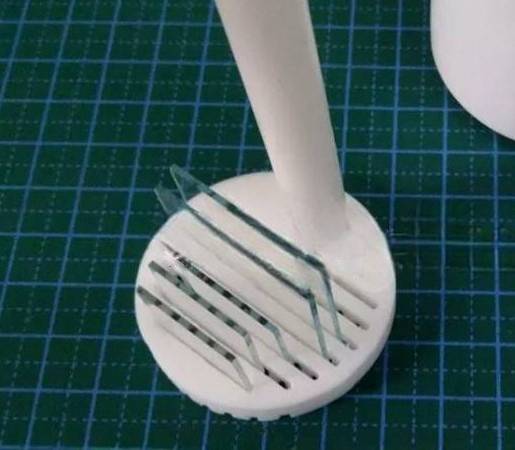
Conclusion
Conclusion:
PTFE cleaning racks are indispensable tools in laboratory settings, offering exceptional chemical resistance, high-temperature tolerance, and non-stick properties. By adhering to the best practices outlined in this guide, you can effectively clean and dry your PTFE cleaning racks, ensuring their optimal performance and longevity. Proper maintenance and storage further extend their lifespan, making them a reliable and cost-effective solution for your laboratory needs. Embrace the techniques and recommendations discussed here to maximize the utility and lifespan of your PTFE cleaning racks, ensuring efficient and reproducible results in your laboratory endeavors.
Related Products
- Custom PTFE Teflon Parts Manufacturer for Cleaning Racks
- Custom Machined and Molded PTFE Teflon Parts Manufacturer for Laboratory ITO FTO Conductive Glass Cleaning Flower Basket
- Custom PTFE Teflon Parts Manufacturer for Conductive Glass Substrate Cleaning Rack
- Custom PTFE Teflon Parts Manufacturer for Centrifuge Tube Racks
- Custom PTFE Teflon Parts Manufacturer for Acid and Alkali Resistant Chemical Powder Material Scoops
